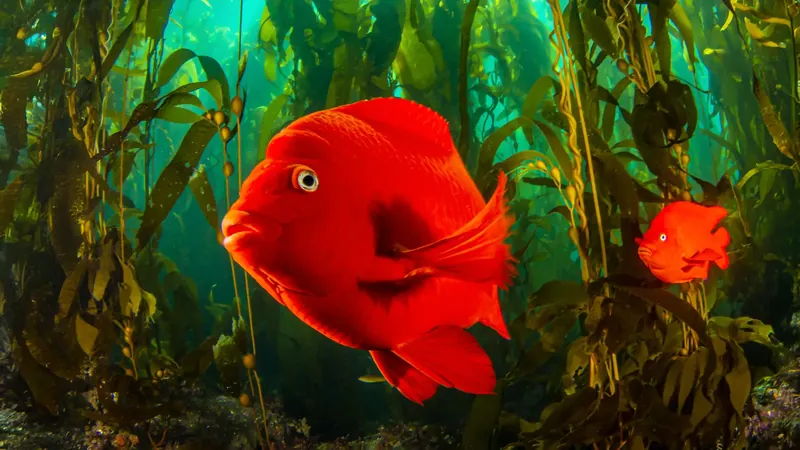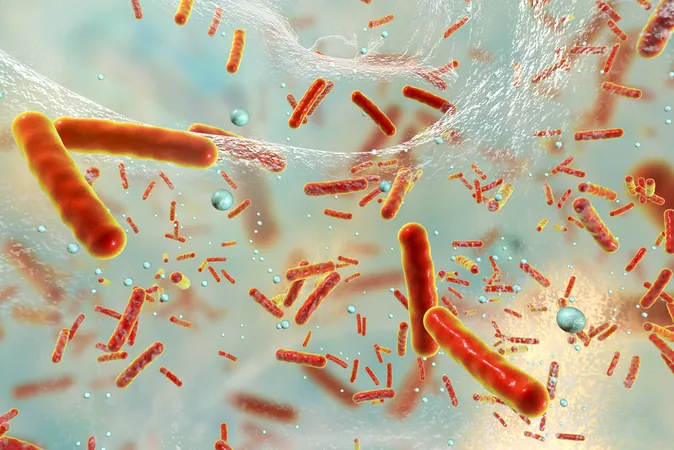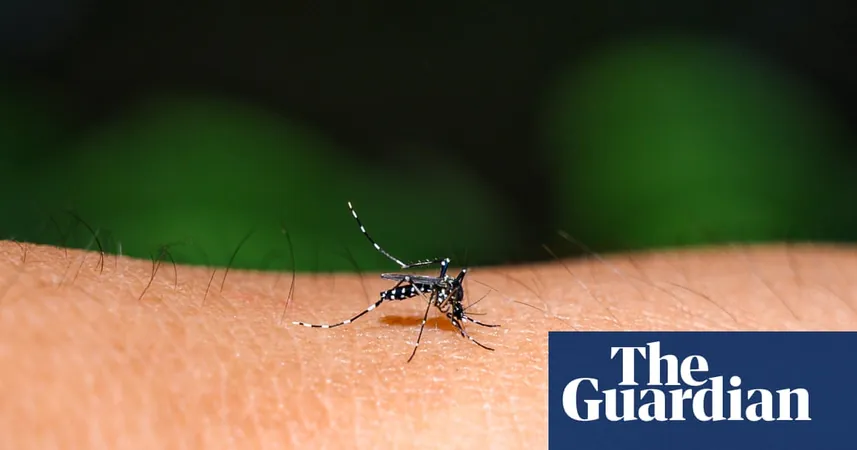
Shocking Study Reveals Hovering Fish Burn Twice the Energy!
2025-07-08
Author: Wei
A Groundbreaking Discovery by Marine Scientists
Scientists at the University of California San Diego's Scripps Institution of Oceanography have made astonishing revelations about the energy dynamics of hovering fish. A study published in the *Proceedings of the National Academy of Sciences* on July 7 challenges the age-old belief that fish with swim bladders rest effortlessly in a stationary position.
The Truth Behind Fish Hovering
Historically, it was assumed that thanks to their swim bladders—gas-filled sacs enabling neutral buoyancy—fish simply floated with little effort. However, new research led by marine biologist Valentina Di Santo uncovers a startling reality: hovering consumes an astonishing amount of energy.
Understanding Fish Energy Costs
To investigate further, Di Santo and her team examined 13 species of fish, measuring their oxygen consumption during both active hovering and motionless resting. They discovered that hovering burns about **twice as much energy** as simply resting on the tank's bottom!
The Balancing Act of Stability
"Hovering resembles balancing on a stationary bicycle," Di Santo explains. Despite the assistance of swim bladders, fish are inherently unstable due to misalignment between their center of mass and center of buoyancy. This instability forces them to make constant fin adjustments to maintain their position.
Fish Shape Matters!
Interestingly, the study revealed that fish anatomy plays a critical role in energy efficiency. Species with pectoral fins positioned further back on their bodies were able to conserve energy while hovering. In contrast, long and slender fish types exhibited lower efficiency compared to compact, deep-bodied species.
An Unexpected Evolutionary Trade-Off
Di Santo posits that the high energy costs associated with hovering are a strategic evolutionary trade-off. This energy expense enhances fish agility, crucial for navigating complex habitats like coral reefs or protecting nests, which demand precision and stability.
Implications for Underwater Robotics
The study's implications extend beyond marine biology—it could revolutionize underwater robotics design! Understanding how fish achieve this delicate balance may inspire more efficient and agile underwater vehicles capable of exploring hard-to-navigate environments.
As Di Santo highlights, designing underwater robots with a focus on stability—borrowed from fish mechanics—could enhance maneuverability. By learning from these aquatic marvels, engineers might create cutting-edge robots adept at traversing intricate underwater terrains.
Conclusion: The Surprising Life of Hovering Fish
This groundbreaking research not only reshapes our understanding of how fish move but also opens up new possibilities for technology inspired by their incredible biology. Fish aren't just floating; they're engaged in an energetically demanding activity that showcases the intricate balance of life beneath the waves.




 Brasil (PT)
Brasil (PT)
 Canada (EN)
Canada (EN)
 Chile (ES)
Chile (ES)
 Česko (CS)
Česko (CS)
 대한민국 (KO)
대한민국 (KO)
 España (ES)
España (ES)
 France (FR)
France (FR)
 Hong Kong (EN)
Hong Kong (EN)
 Italia (IT)
Italia (IT)
 日本 (JA)
日本 (JA)
 Magyarország (HU)
Magyarország (HU)
 Norge (NO)
Norge (NO)
 Polska (PL)
Polska (PL)
 Schweiz (DE)
Schweiz (DE)
 Singapore (EN)
Singapore (EN)
 Sverige (SV)
Sverige (SV)
 Suomi (FI)
Suomi (FI)
 Türkiye (TR)
Türkiye (TR)
 الإمارات العربية المتحدة (AR)
الإمارات العربية المتحدة (AR)